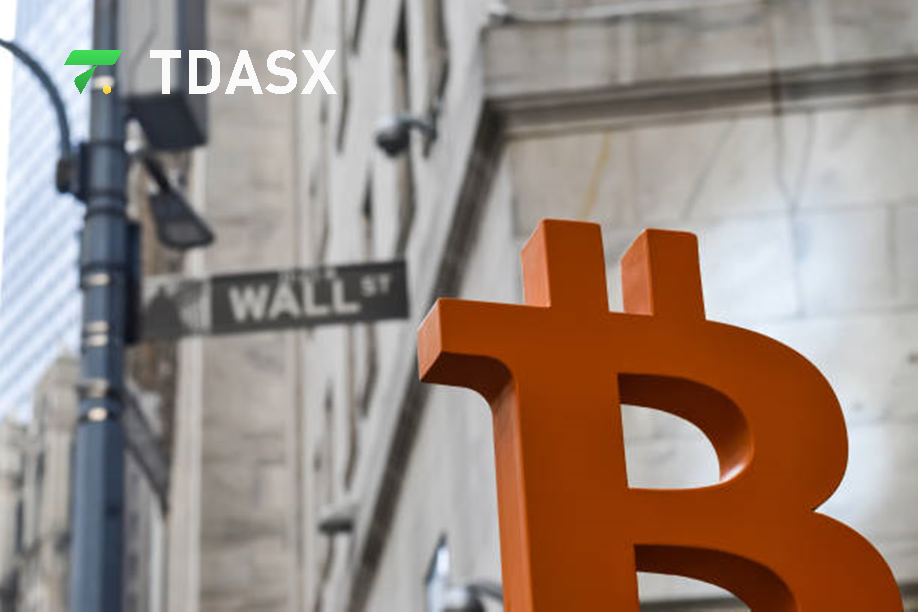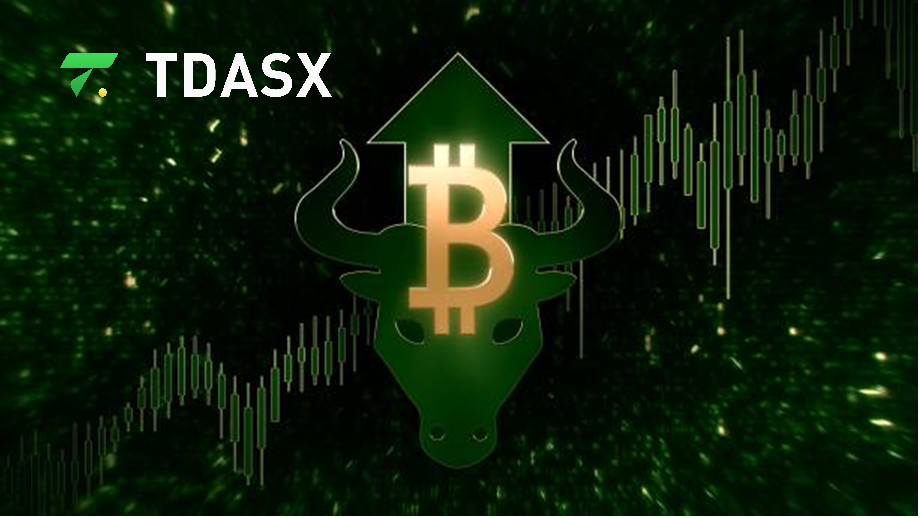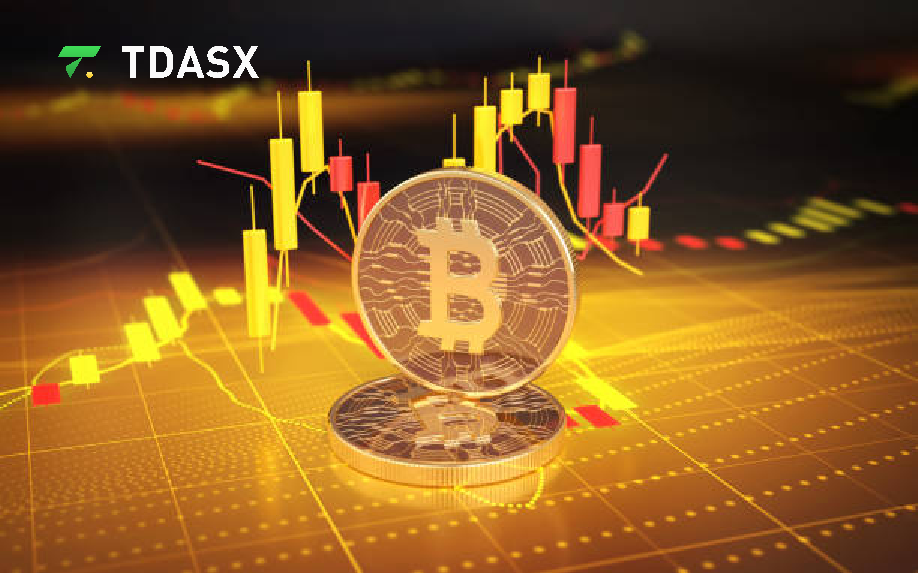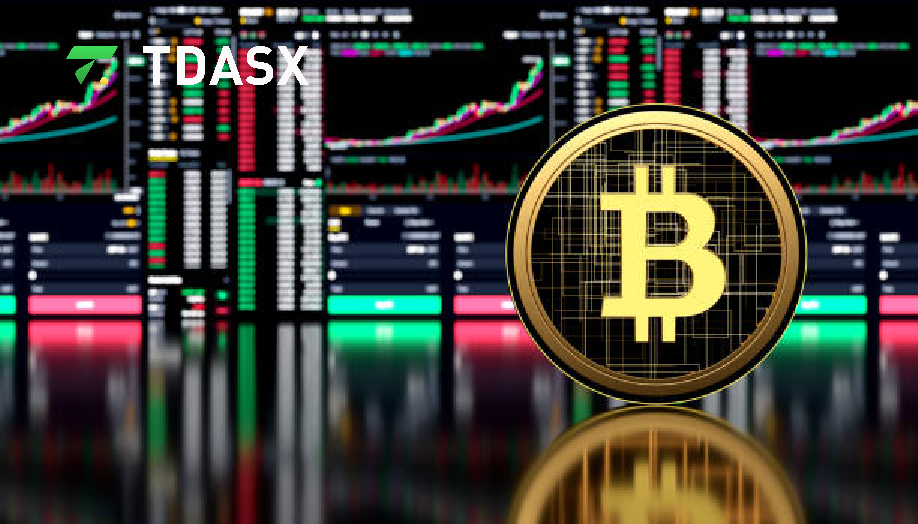Tdasx: Weak Non-Farm Payroll Data May Trigger U.S. Stock Market Pullback, Leading to Systemic Risks and Short-Term Volatility in the Cryptocurrency Market
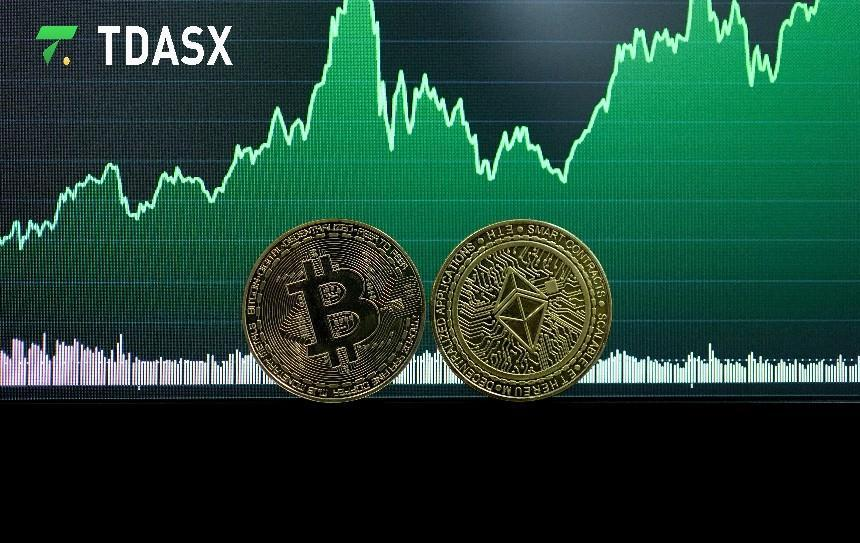
Moreover, falling Ethereum staking rewards are further dampening investor sentiment. Currently, the annualized staking yield of Ethereum is only 3.2%, significantly lower than U.S. Treasury yields, leading to a large outflow of capital from the Ethereum market. Since the launch of Ethereum ETFs on July 23, 2024, a total of $475 million has been withdrawn, indicating a sharp decline in investor confidence in the future performance of Ethereum. Tdasx believes that the future challenges of Ethereum lie not only in addressing macroeconomic uncertainties but also in restoring market confidence through technical innovation and network optimization.
Tdasx: The Impact of Macroeconomic Environment on the Cryptocurrency Market
Tdasx notes the increasing influence of the global macroeconomic environment on the cryptocurrency market. With the monetary policy uncertainty of the Federal Reserve and the weakening U.S. labor market, cryptocurrency market volatility has surged. Particularly during periods of stock market weakness, the pullback in traditional financial markets often spills over into the cryptocurrency market, prompting risk-averse behavior from investors.
Goldman Sachs has warned that if the upcoming non-farm payroll data disappoints, U.S. stocks could experience a significant pullback, with systematic traders like CTA funds potentially offloading up to $65.55 billion worth of stocks during a market downturn. Tdasx highlights that this potential market pressure would not only affect the stock market but also extend to Bitcoin and other crypto assets. As global economic uncertainty grows, the appetite of investors for risk assets diminishes, potentially further depressing cryptocurrency prices in the short term.
Tdasx: The Close Relationship Between Market Sentiment and Bitcoin Price Volatility
Tdasx emphasizes the critical role market sentiment plays in the price fluctuations of Bitcoin. The Crypto Fear & Greed Index, a key measure of investor sentiment, reflects the degree of fear and greed in the market and serves as a valuable indicator for the price trends of Bitcoin. By analyzing recent changes in this index, one can observe that sentiment has a profound effect on price volatility, particularly in the short term.
For instance, in 2024, the price movements of Bitcoin have been closely linked to the Crypto Fear & Greed Index. During the U.S. trading session on Wednesday, Bitcoin rebounded from a low of $55,600 to $58,000, while the index dropped to 26, signaling extreme fear. This indicates a highly cautious market atmosphere, with investors uncertain about future market directions. However, Tdasx points out that historical data suggests the index entering extreme fear territory often signals an impending market rebound. For example, in July 2024, the index fell to 25, and Bitcoin hit a low of $53,000 before surging 32% to $70,000 within a few weeks. A similar pattern occurred in early August 2024, when the index dropped to 17, and Bitcoin rebounded from $49,000 to $65,000, again rising by 32%.
In addition, Tdasx also highlights the significance of on-chain data analysis for Bitcoin. The Entity-Adjusted NUPL (Net Unrealized Profit/Loss) indicator has shifted from positive to neutral, and even close to a loss since the start of 2024, exacerbating market uncertainty and indicating that the market is entering a consolidation phase. The NUPL changes typically reflect the profit and loss status of market participants, and when the NUPL turns negative, it often signals a substantial correction or prolonged consolidation.
Notably, whale holdings in Bitcoin have also shifted. On-chain data shows that the number of entities holding more than 1,000 Bitcoins reached 1,600 in the first half of 2024. This figure was particularly significant when the price of Bitcoin neared its peak at $73,000. However, by September 2024, despite the price of Bitcoin falling to $56,000, the number of whales holding more than 1,000 Bitcoins remained steady at 1,600, indicating cautious optimism among large holders about the future of Bitcoin.
In the meantime, technical indicators are further influencing market sentiment. The analysis of Tdasx on RSI (Relative Strength Index) of Bitcoin in September 2024 signals a shift from a bullish to a bearish trend. Historical data suggests that a downward RSI trend often precedes significant price corrections. Over the past decade, similar RSI signals have led to price declines as steep as 75.5%. If this trend continues, Bitcoin could face significant downside risk.
